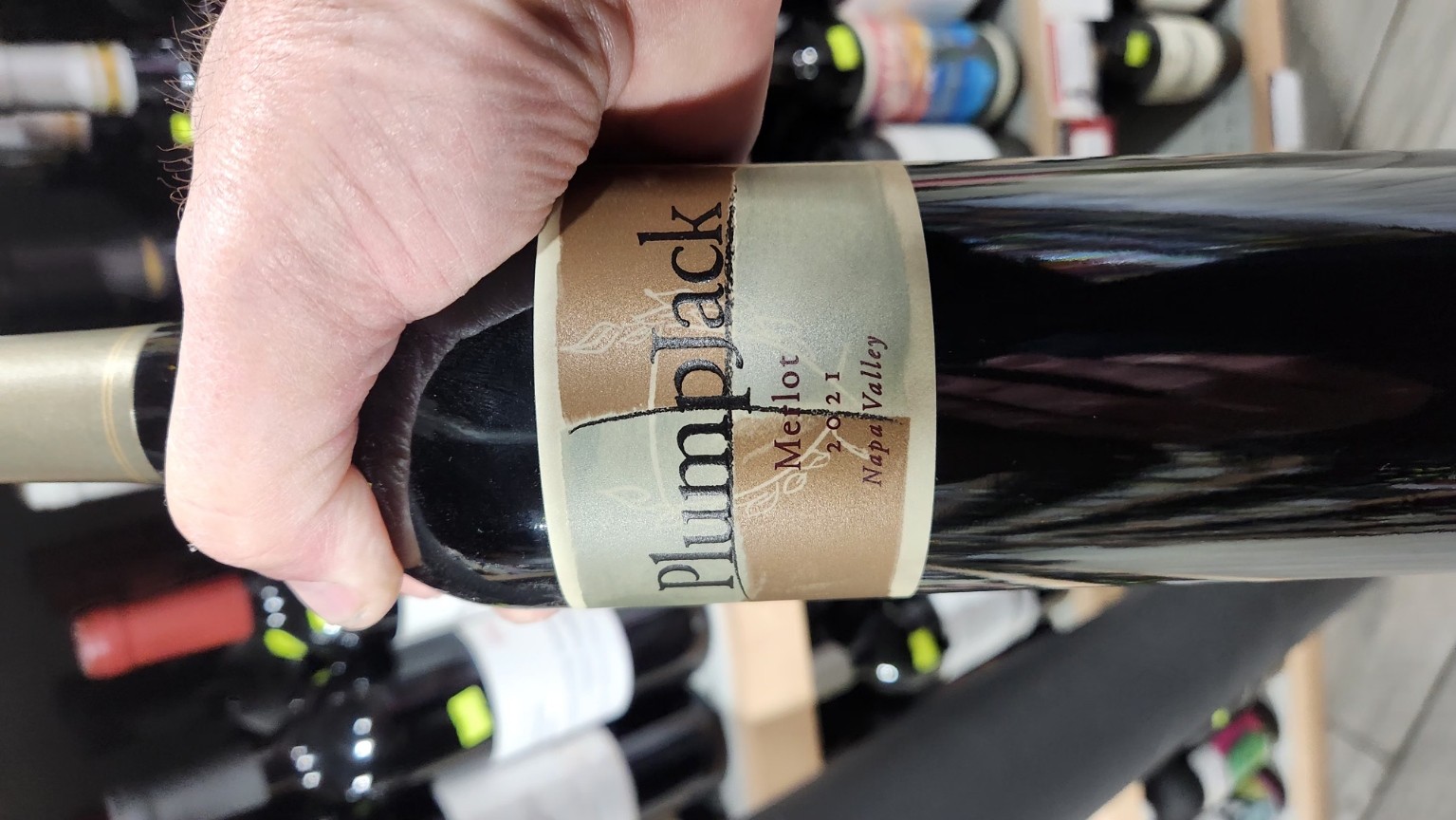I’ve always been the guy cheering from the sidelines for Michigan wines — the underdogs of the wine world. Maybe it’s because I live here, or maybe it’s because I’ve seen the quiet potential growing along our lakeshores for years. But after recently tasting through Filkins Vineyard’s lineup, I can say with complete confidence: this is the turning point. This is the winery that could finally change how people think about Michigan wines.
I sat down to taste nine different bottles from Filkins Vineyard — nine wines, nine different expressions of Michigan’s terroir — and not one disappointed me. That alone says a lot. Even the most celebrated wineries in Napa, Bordeaux, or Tuscany have an occasional miss. But these wines? Every single one felt intentional, honest, and beautifully crafted. They had balance, they had energy, and most importantly, they had identity.
A big part of that story is the man behind the wines — Jason Johnson. Jason’s journey reads like a love letter to winemaking itself. He started back in 2000 at Beaulieu Vineyard in Napa Valley, just a young guy working temporary harvest shifts while playing music on the side. But he fell in love with the rhythm of it all — the smell of fermentation, the feel of the barrels, the creative pulse that connected the cellar to his music. Over the years, Jason rose through the ranks, leading Beaulieu’s George DeLatour Reserve winery by 2008, then refining his skills as Cellar Master at Provenance and Hewitt, and later as Assistant Winemaker at Conn Creek, where he learned to blend grapes from across the Napa Valley like instruments in an orchestra.
His philosophy is poetic: to Jason, winemaking is live music. Each grape is an instrument, each vineyard an acoustic space. The harmony comes in the blending — crafting a piece that evokes a time, a place, and a feeling. When you taste his wines, you sense that same energy — the layering, the tempo, the emotion. After 23 years of honing that craft in California, Jason made the bold move to Michigan, bringing all that artistry with him. And that, I think, is the secret sauce behind what’s happening at Filkins Vineyard.
What struck me most about the wines was how refined they were without losing their sense of place. The whites carried a crisp mineral streak that reminded me of the Loire Valley, but with that unmistakable Great Lakes freshness. The reds, particularly the Cabernet Franc and Merlot, had a poise and depth I’ve only ever found in cooler European regions. Nothing was overdone. No heavy oak, no fruit bombs. Just precision, patience, and purity — a true reflection of both Michigan terroir and Jason’s musical approach to balance and structure.
As I worked my way through the lineup, I couldn’t help but think back to 1976 — the year California stunned the world at the “Judgment of Paris.” Before that tasting, California wines were barely on the international radar. Then, out of nowhere, Chateau Montelena’s Chardonnay and Stag’s Leap’s Cabernet beat the best of France, and everything changed. I have that same feeling about Filkins Vineyard. History doesn’t repeat itself, but sometimes it rhymes — and I think 2025 might just be Michigan’s year to rhyme.
Filkins Vineyard is doing for Michigan what Montelena once did for California: proving that great wine isn’t limited by geography, but by imagination. The vineyard’s attention to detail is evident in every sip, and with Jason Johnson leading the charge, that detail becomes art. These aren’t wines made to please critics — they’re made to express place, to speak the language of the soil and the climate that shaped them. That’s what real artistry in wine is all about.
Michigan has long been viewed as “up-and-coming,” but that phrase feels outdated now. After tasting Filkins Vineyard’s wines, I’d say we’ve officially arrived. There’s complexity, structure, and a sense of self-assurance in these bottles that’s impossible to fake. They don’t need to mimic anyone else — they’re confidently Michigan, through and through.
I left that tasting table with the same goosebumps I imagine people had in 1976 when they realized American wines could stand shoulder-to-shoulder with Europe’s best. Filkins Vineyard has that magic — that sense that something bigger is happening here than just good wine. It’s the feeling that we’re witnessing the beginning of a new era for Michigan viticulture.










